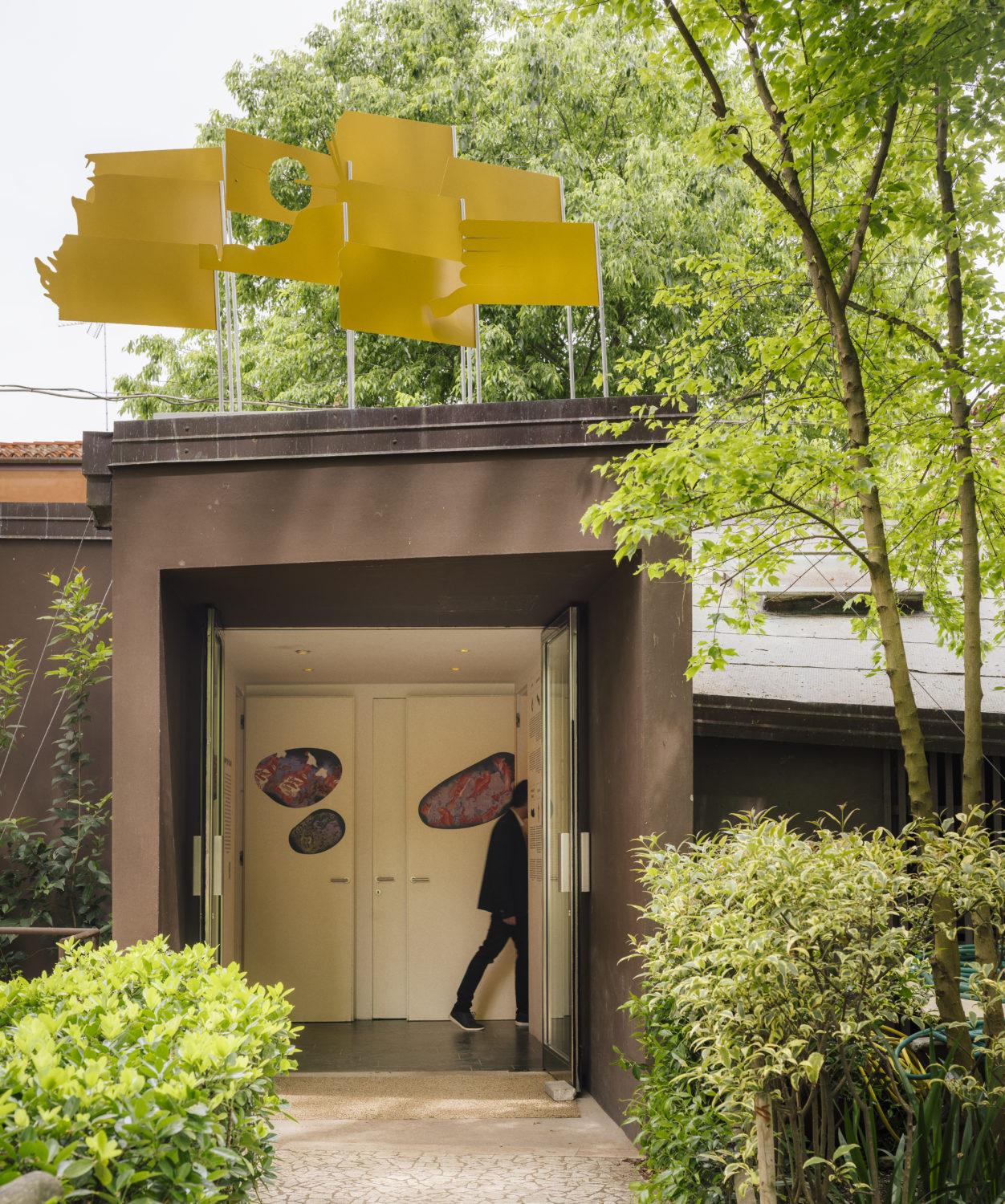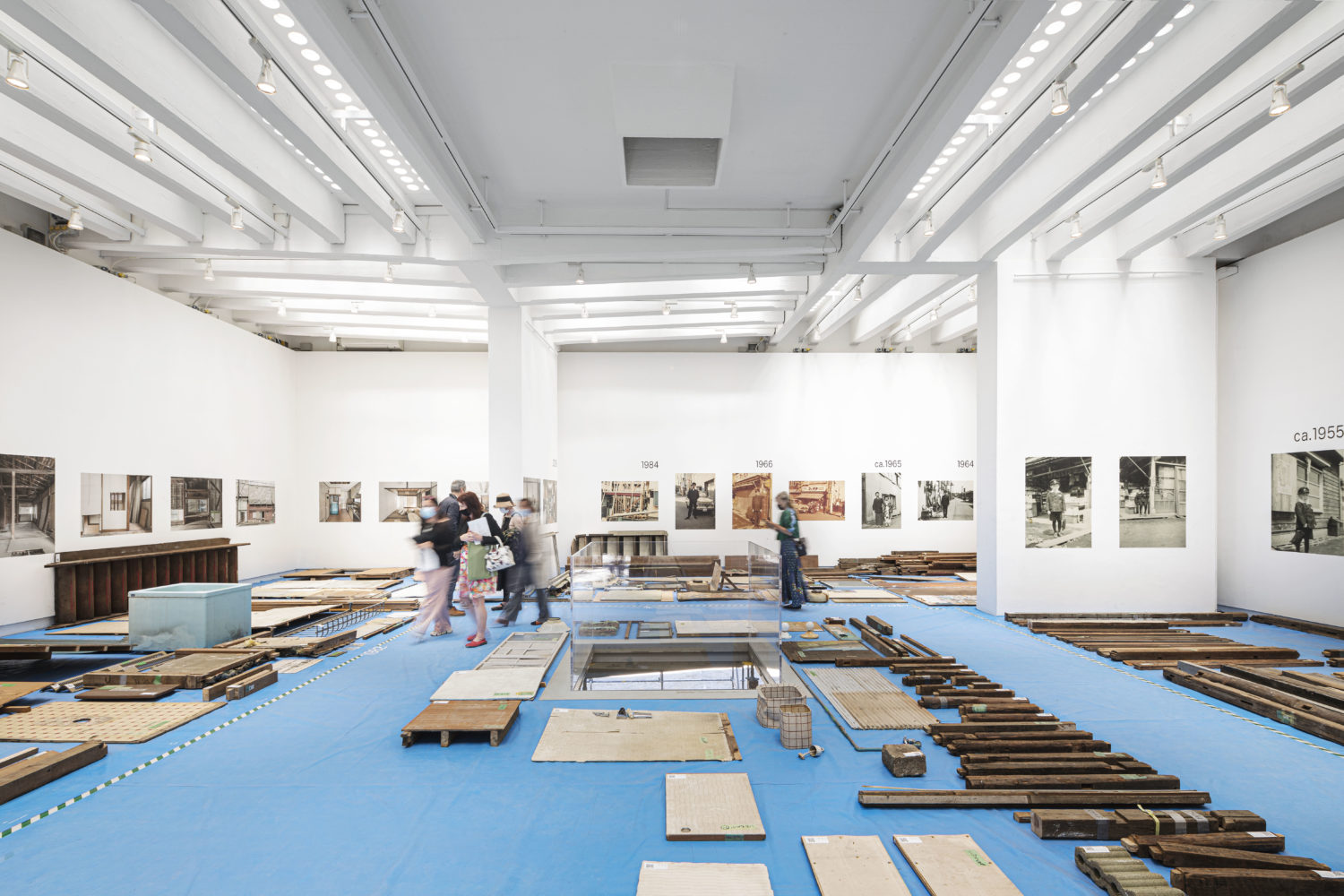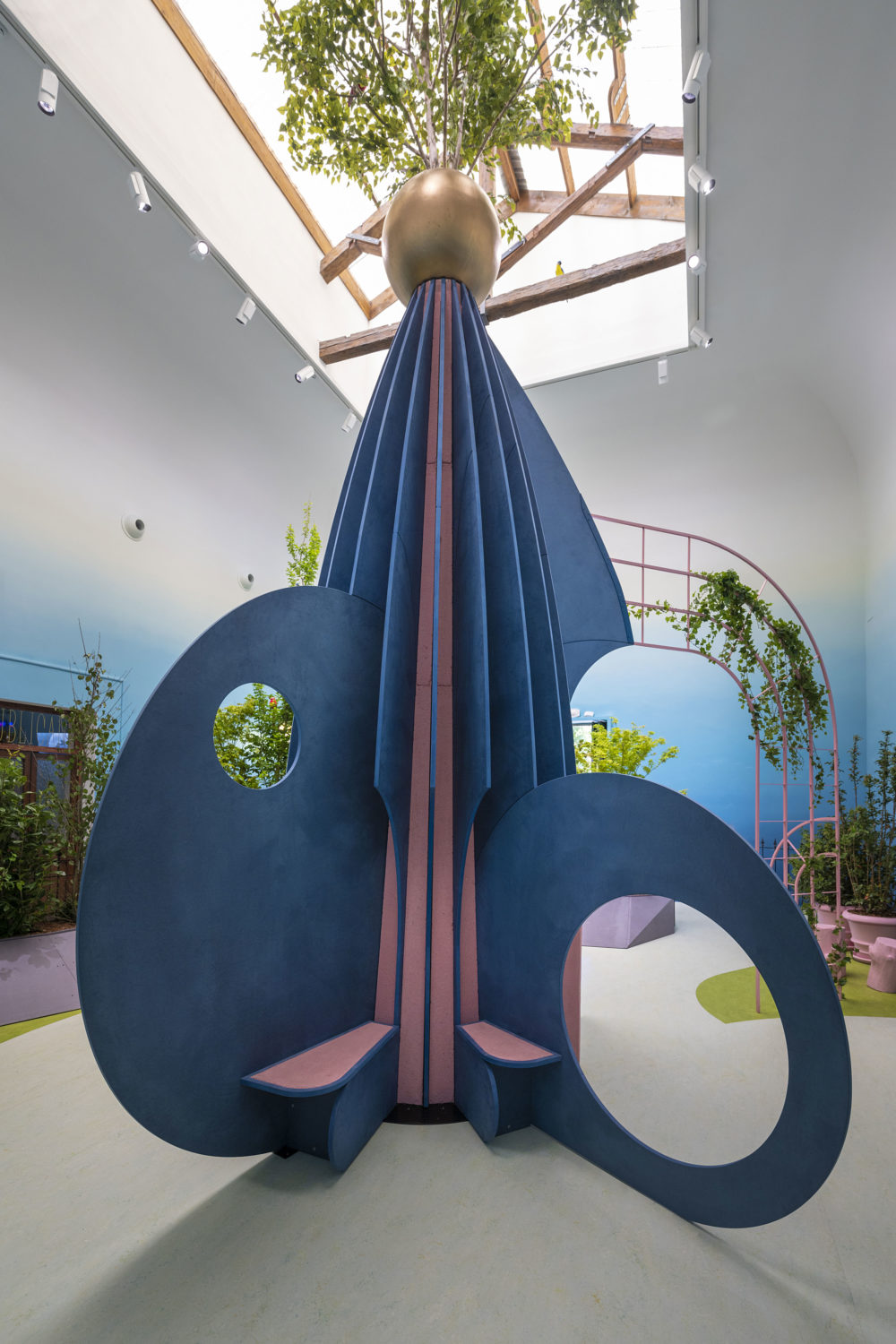The Pavilions Not To Miss At This Year’s Venice Architecture Biennale
By Something CuratedThe 17th Venice Architecture Biennale curated by Lebanese educator and practitioner Hashim Sarkis brings together 61 national pavilions connected to the theme of How Will We Live Together?. A timely subject, which has been further intensified by recent global events, the curator has asked its participants to imagine spaces where, “We can generously live together.” Two new research sections have also been introduced: Stations and Co-Habitats. These showcase projects developed in collaboration with academic institutions from around the world focusing on the Biennale’s theme. To learn more, Something Curated spoke with the architects and educators behind four seminal projects not to miss at this year’s Biennale – all available to explore digitally, as well as in person in Venice.
Beirut/Shifting Grounds
The team behind Beirut/Shifting Grounds, a research project developed by educators from the American University of Beirut, re-traces the complex history of the Lebanese capital through its architectural remains. Analysed through four research lenses – Urban, Architecture, Temporal, and Human – the project acts as the city’s archive, making its history, from the Ottoman period to the present day, accessible to the public and those less familiar with the biography of Beirut. Using films, drawings, QR codes and detailed timelines, the installation/archive also brings together work developed in response to the events of the past two years – from the peaceful demonstrations that took place in October 2019 and swayed thousands of citizens across sectarian lines to come together against a corrupt government, to the challenges posed by the global pandemic, and the more recent Port explosion which destroyed a large part of the city and over 300,000 homes. Living and working under precarious circumstances raises questions on public activism and the innate feeling of safeguarding oneself. When power and water supplies become daily issues and public money is spent on building private piers, do you remain resilient, or do you turn a blind eye?

But if the quote, “Out of difficulties grow miracles,” by the French philosopher Jean de La Bruyère could be used to describe a city, Beirut would certainly fit the bill. Among the cracks, grassroot actions and spontaneous appropriations of the built environment make Beirut a hub of creativity and human resilience, which are evident through the work shown at the Biennale. Speaking to the chief curator of Beirut/Shifting Grounds Sandra Frem and one of the co-curators Rana Haddad, they tell Something Curated that the project carries a positive message: “In the past two years, we have witnessed a surge in civic consciousness. The pandemic and the disruptions caused have given us the opportunity to break the historical pattern we were on. Together, the four lenses support the collective reappropriation of our city as we continue to adapt to the constantly moving grounds.”
The Restroom Pavilion / Your Restroom is a Battleground
Designed by a team of architectural educators based in Italy and the US, The Restroom Pavilion comprises two installations: a public intervention, The Restroom Pavilion (Giardini) and a research station, Your Restroom is a Battleground (Arsenale). Both projects take the restroom as the focus of the research, which raises timely questions on gender, race, religion, accessibility and environmental concerns. The easily overlooked architecture of bathrooms is packed with socio-cultural and historical meaning that has not been fully addressed. To use the words of the late architect Graham Caine – a member of the 70’s group Street Farmers cited in Barbara Pennet’s book Bathroom (2013) –toilets are spaces that should ensure that “One can relate to one’s own shit.” However, as the seven dioramas built for Your Restroom is a Battleground demonstrate, we are still far from a “toilet etiquette” of equality, and the architecture is often responsible for it.

When visiting the Giardini della Biennale, it would be almost impossible for you to miss The Restroom Pavilion – all you need is an urgent feeling of releasing yourself. Once there, the curators expect you to follow your instinct and not listen to anyone – enter whichever door you want. Inside, make yourself at home and interact with this newly visible, typically underground world of water pipes and sewage lines. Also, do not ignore the informative captions presented on the walls if you want to know what the silver and yellow flags stand for. There is probably nothing that connects us all, no matter who and where we are, more than a hidden network of infrastructures designed for our universal desire of expelling body waste. What is next for this public intervention? Perhaps a coffee table, a few chairs – a few drinks too – and some honest conversations about how we can better live together inside and outside of the toilet. Anyone is welcome. After all, as the curators tell SC, “The bathroom is where the real party is.”
Co-ownership of Action: Trajectories of Elements
The Japan Pavilion, curated by architect Kozo Kadowaki, covers the life-span of an ordinary Japanese wooden house. Re-named for the Biennale – Takamizawa House – as a homage to its original owner; the house has undergone considerable change between its inception in 1954 and its arrival to Venice in 2021. The curator’s message is loud and clear: buildings are not static objects. Similar to all of us, they evolve and adapt in response to necessities and advances in technologies. With Japan experiencing one of the world’s highest population declines, many houses remain empty awaiting demolition. Takamizawa House was also destined to disappear until it was selected for the Biennale. Rescued from rubble, it was dismantled and shipped to Venice for a new lease of life. As in every evolution, there are gains but also inevitable losses. In this case, the architectural history of Takamizawa House has been preserved and documented via photographs and drawings shown at the Biennale – however, in its dismantling, not all if its physical elements could be saved.

The curator’s intention was never to restore Takamizawa House in order to produce an identical replica. Instead, some of its parts have been reconfigured by a team of architects engaging with local and Japanese craftsmen. Outside of the pavilion, the old roof has been turned into public benches and one of the facades is a reconstruction of the corrugated-iron outer wall of the house. The interior of the pavilion acts as a warehouse where unused elements of the home are arranged by construction date to create a material timeline, with the earliest elements made primarily by hand. At the end of its cycle at the Biennale, the house will once again be on the move as there are plans for it to be used as part of a community complex in the suburbs of Oslo. The display shows how the house has been constantly accruing new meanings and that it will continue to do so. As the curator explains, “The trajectory that the house has taken in its long journey through time and space to arrive at the Biennale is proof of how our actions are ineluctably rooted in the past and linked to the future.” As families grow, housing construction methods advance, and mass-production allows for a wider spread of utilities; buildings too inevitably develop alongside our actions.
The Garden of Privatised Delights
Inspired by Hieronymus Bosch’s triptych The Garden of Earthly Delights, the UK Pavilion curated by Manijeh Verghese and Madeleine Kessler from Unscene Architecture invites the public to re-think the use of privately owned public spaces. Issues of ownership of Britain’s public spaces – or of any space for that matter, if one considers the current extortionary rental and housing market – is definitely one of the UK’s top priorities to re-consider. If there is one lesson that we have all learnt from the pandemic, it is the importance of places outside of our own homes, from parks to public museums, and the stark inequalities within British society. The UK Pavilion aspires to address these unbalances by recreating seven interactive experiences of familiar spaces such as public houses – colloquially known as the pub – and by engaging in conversation with a wider range of voices from the public.

The project brings attention to privately owned, yet extremely public, spaces such as the high-street, which play a crucial role in the social fabric of most UK towns and cities, beyond offering a site for consuming. Another key example chosen is the highly contested space of gated garden squares, deeply rooted in British culture, and accessible only to a few individuals. How can we reclaim old and new spaces when they appear to be public, but are only accessible and beneficial to a handful of people? The Pavilion thus becomes a place of awareness and collaboration for architects and the public alike. As Sevra Devris, the commissioner of the British Pavilion remarks, “This project represents an opportunity to increase inclusivity, and for architects to design together with users new positive frames for public spaces across the nation.”
Words by Dorotea Petrucci | Feature image: Piiiisssst, Installation/Performance by Rana Haddad & Pascal Hachem. Photo: Thomas Hage-Boutros